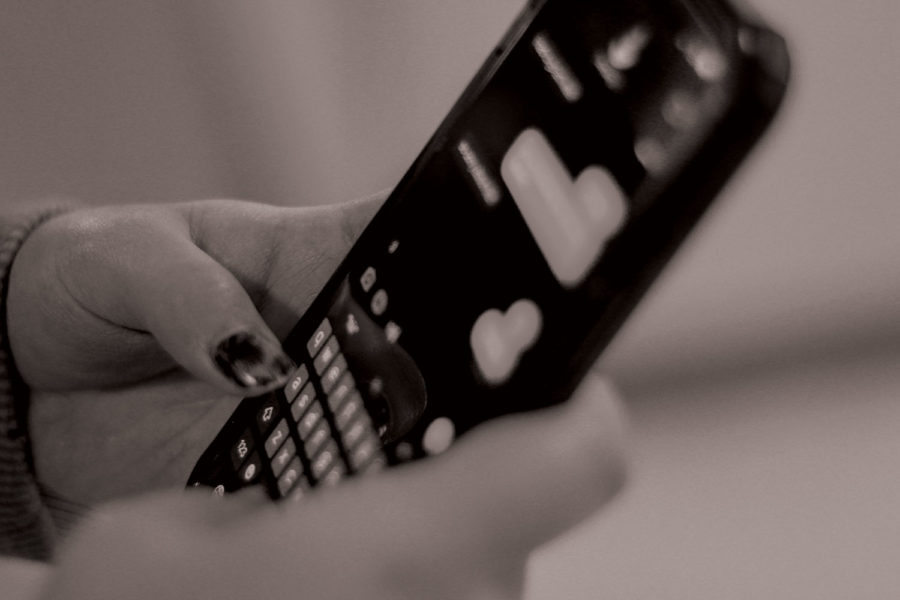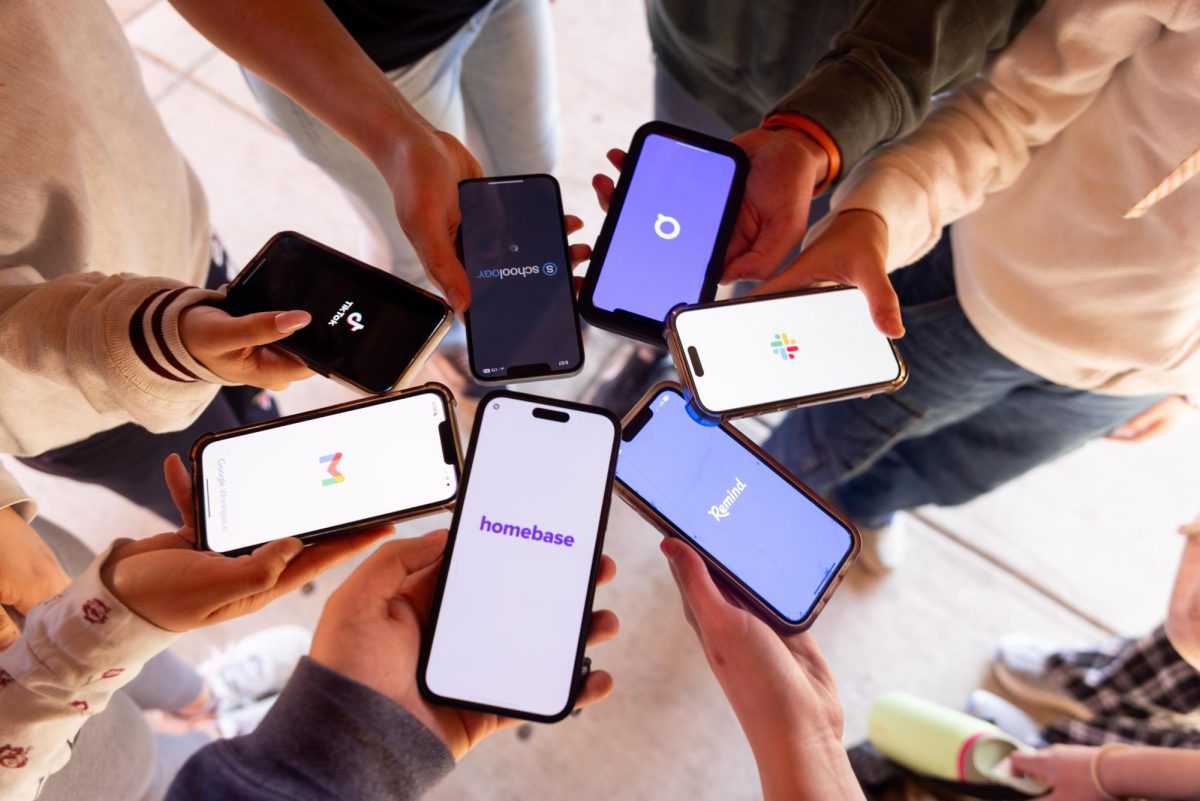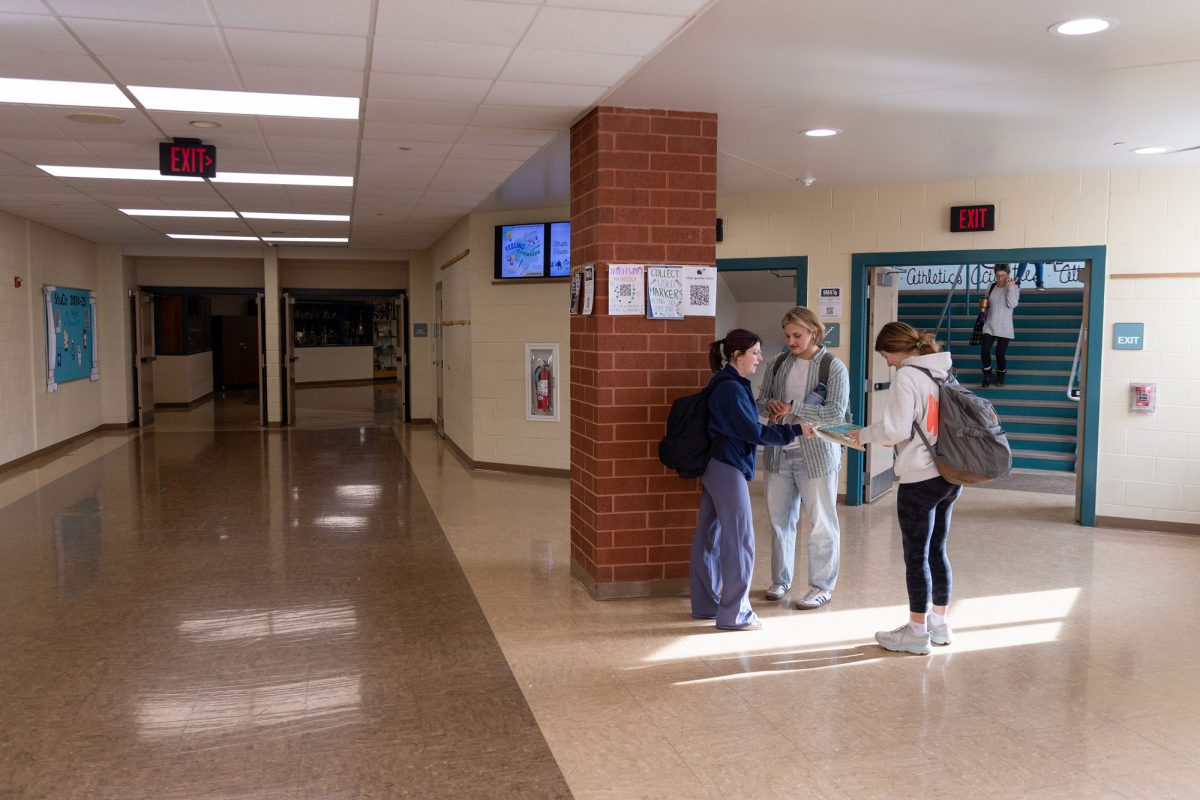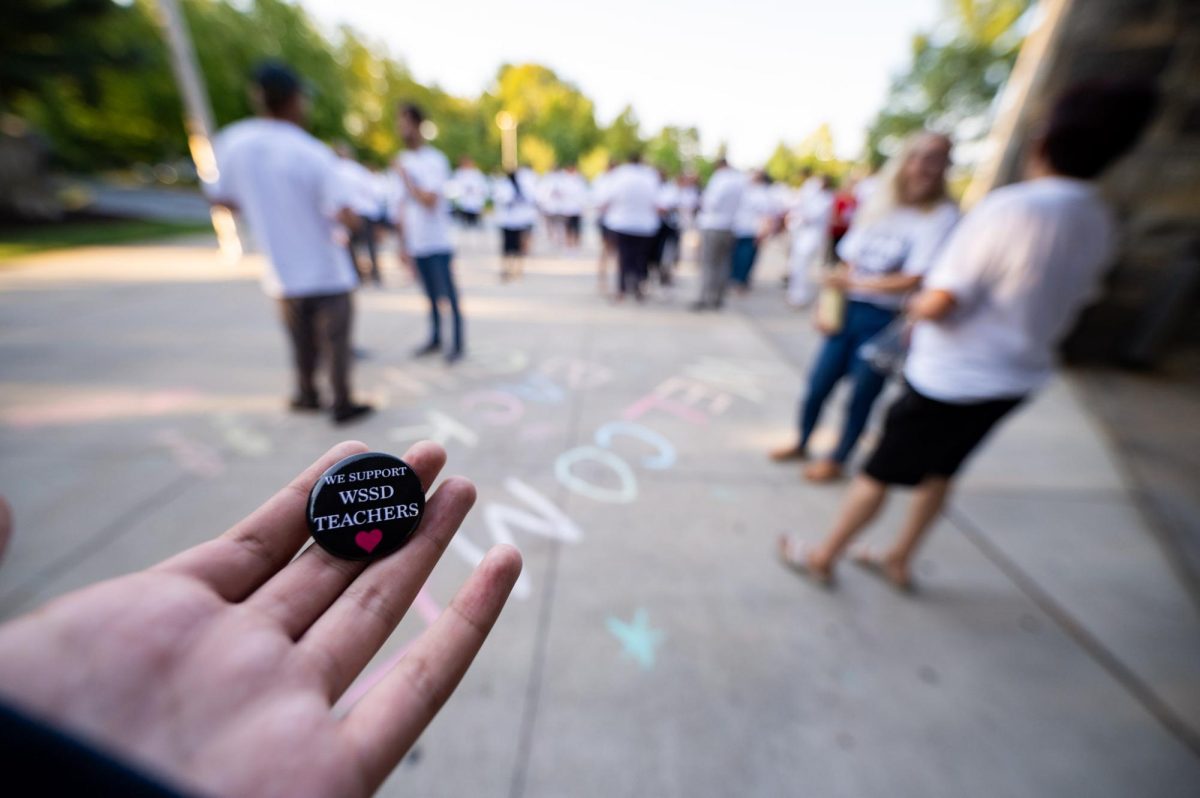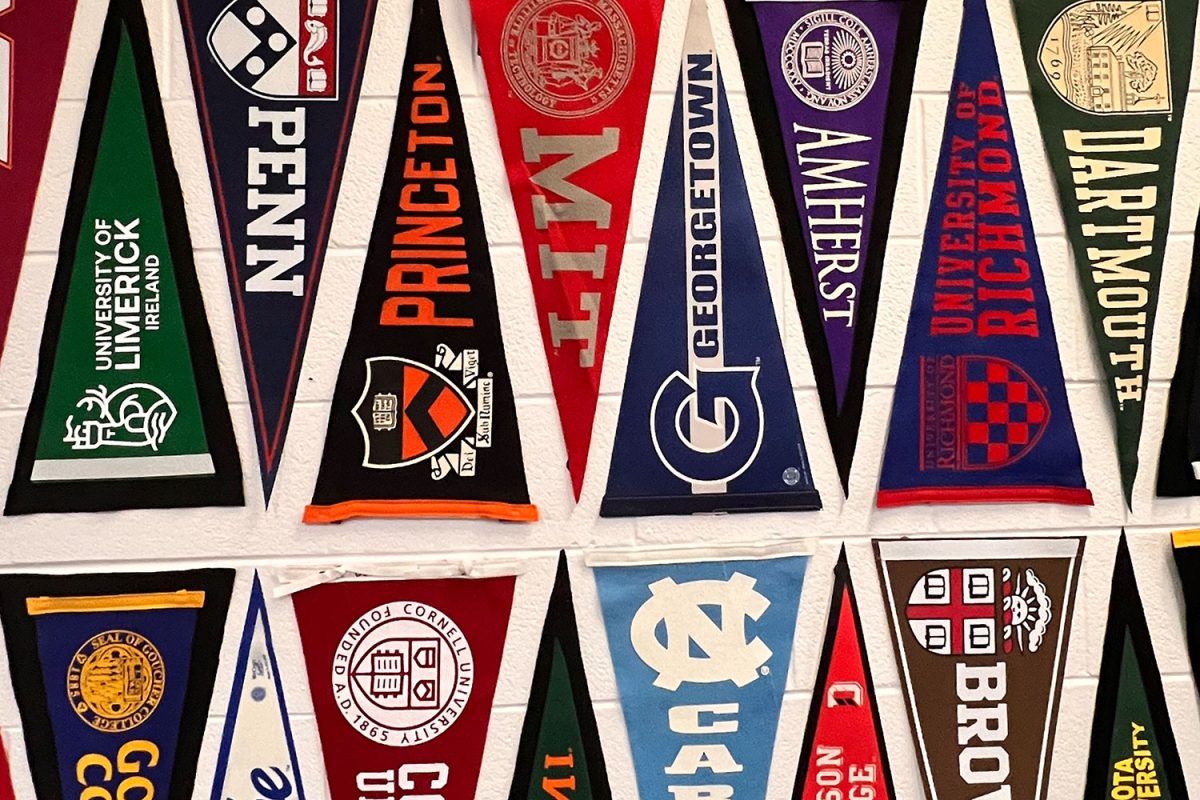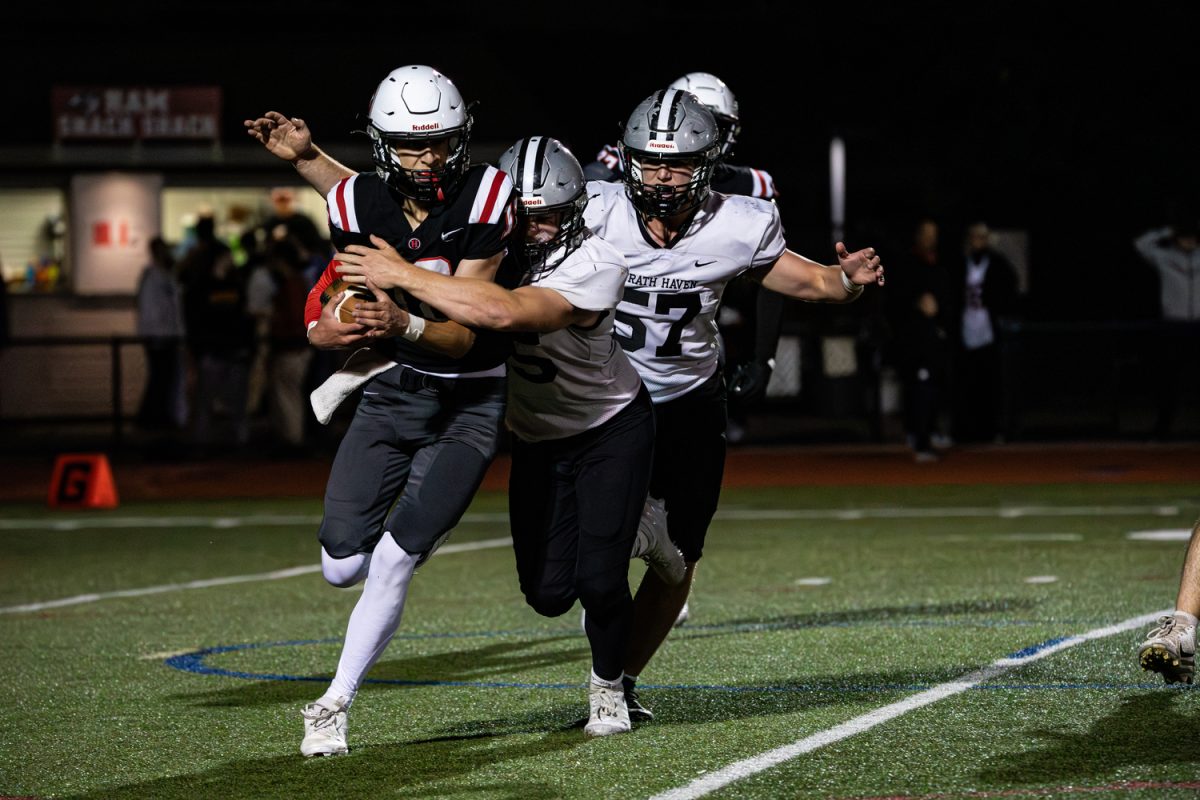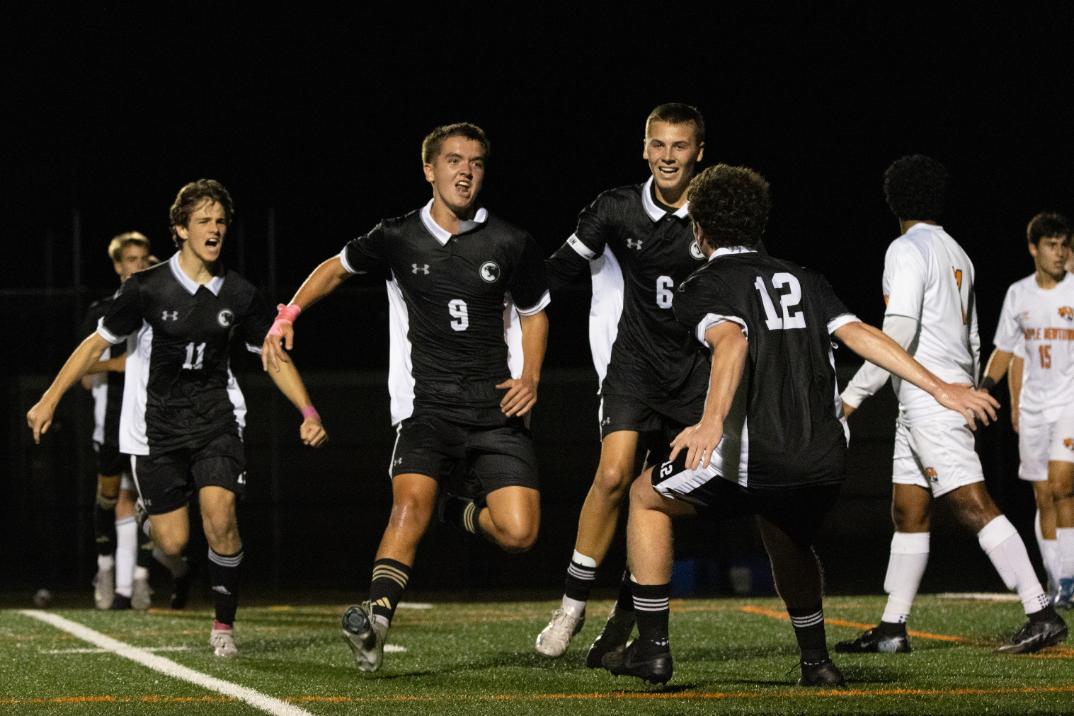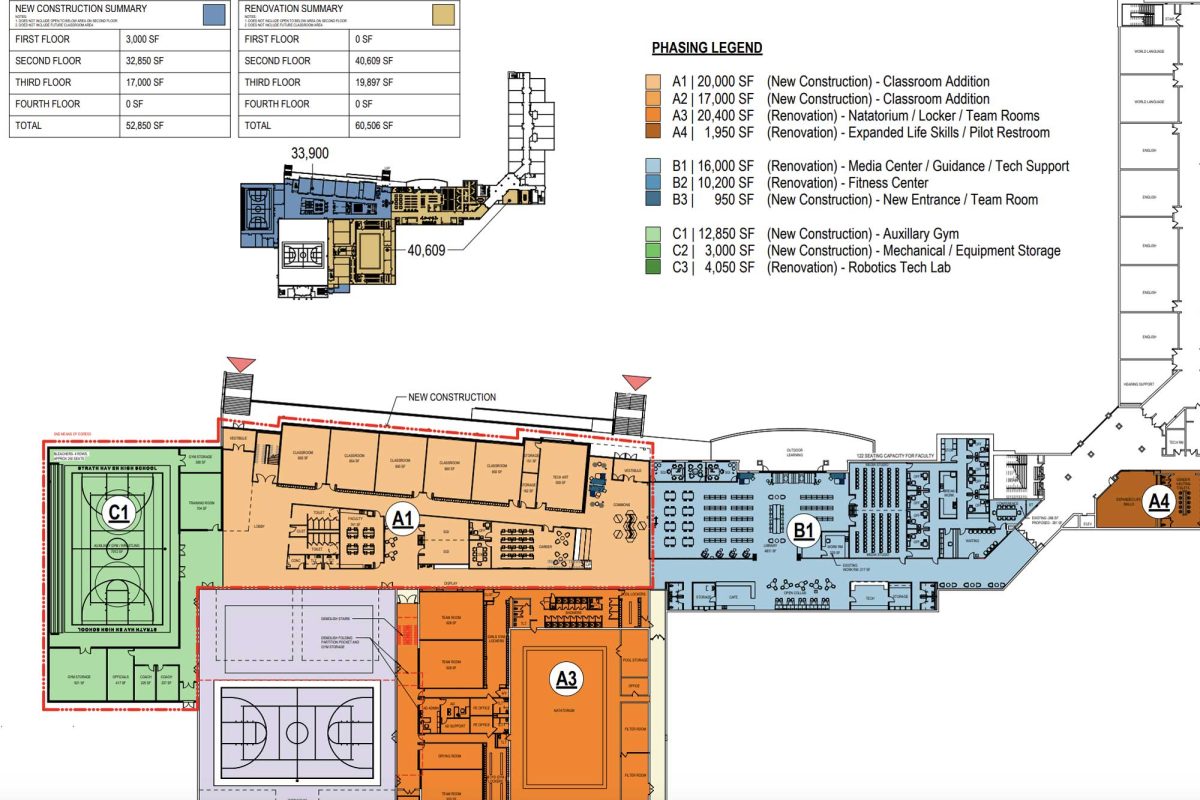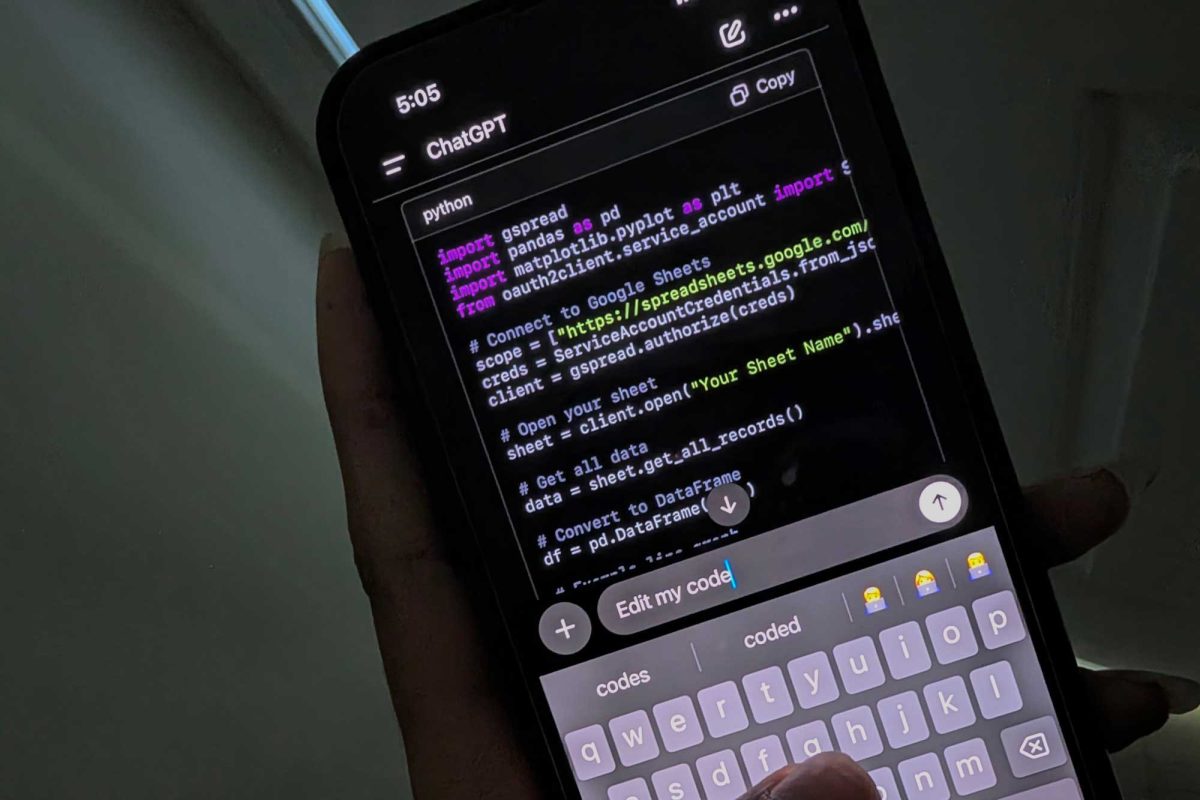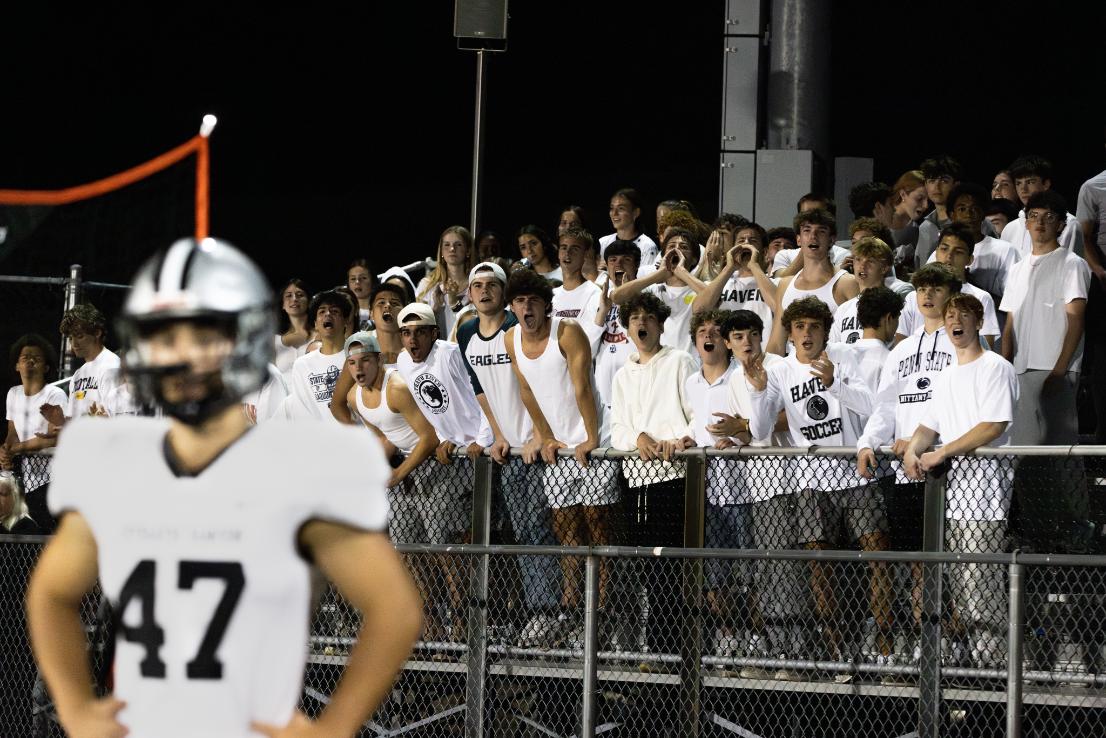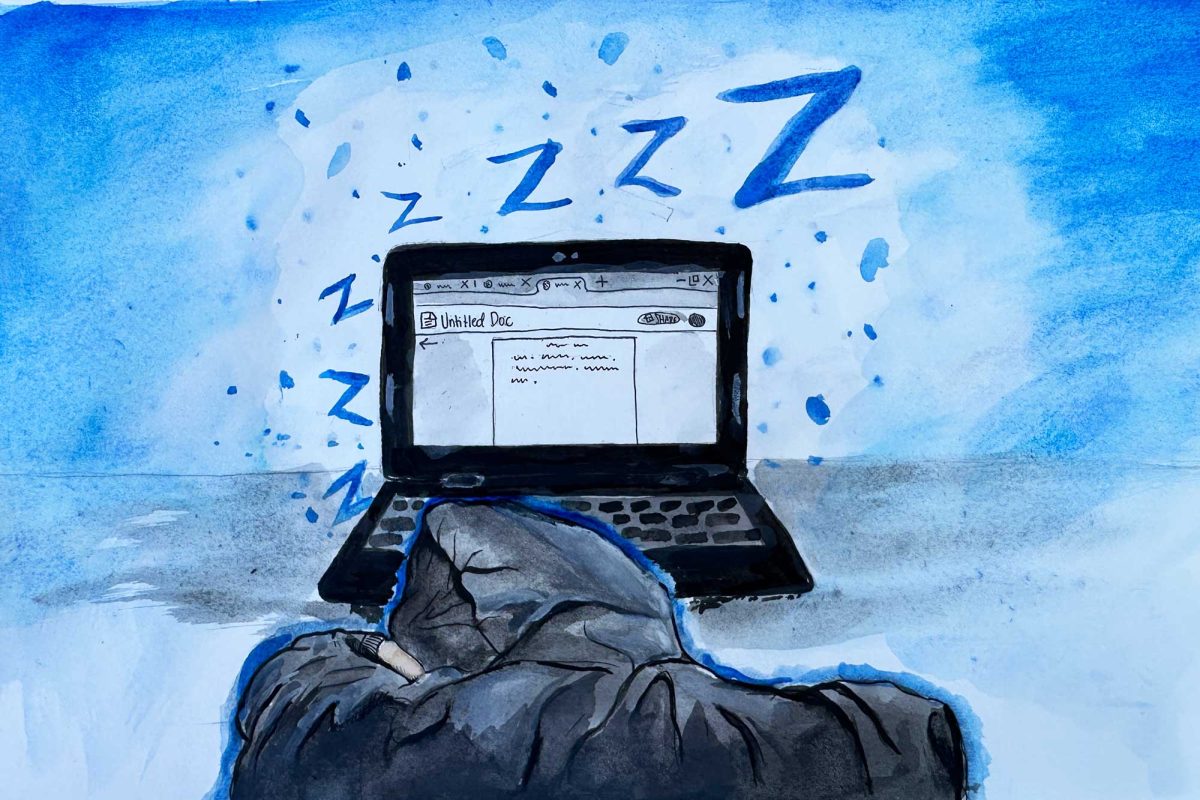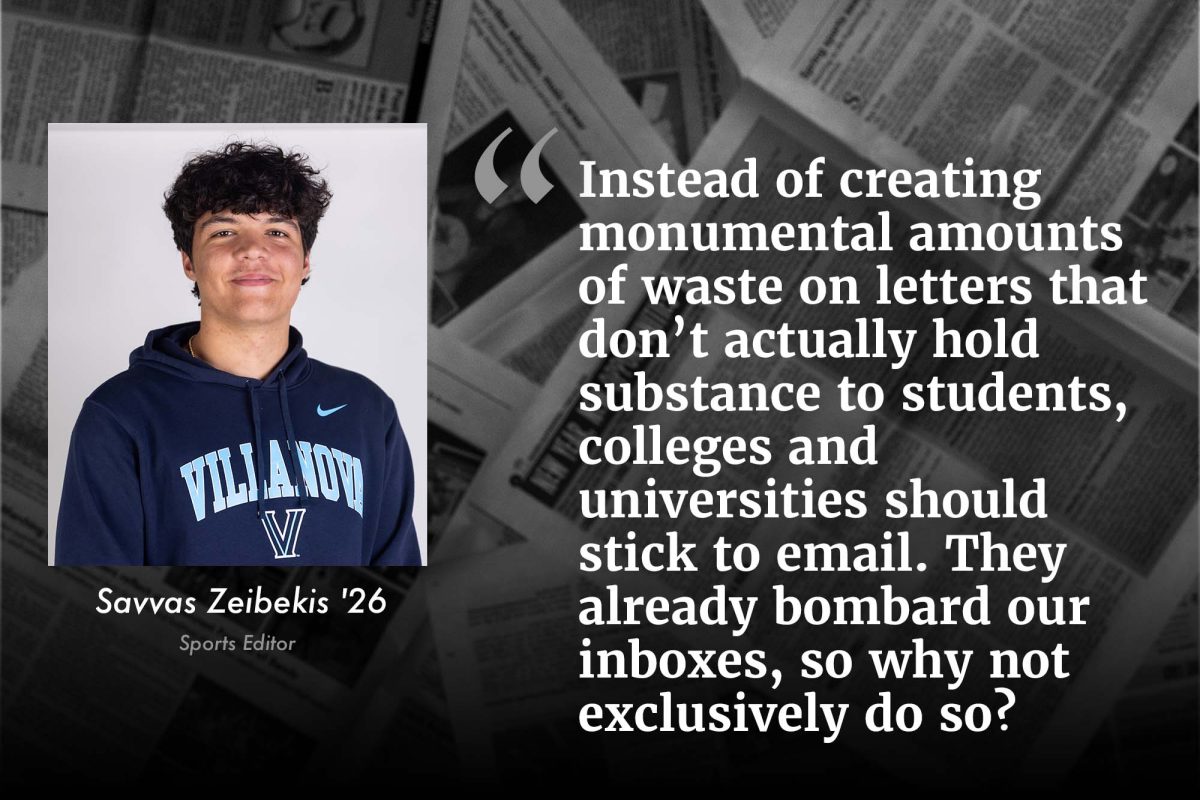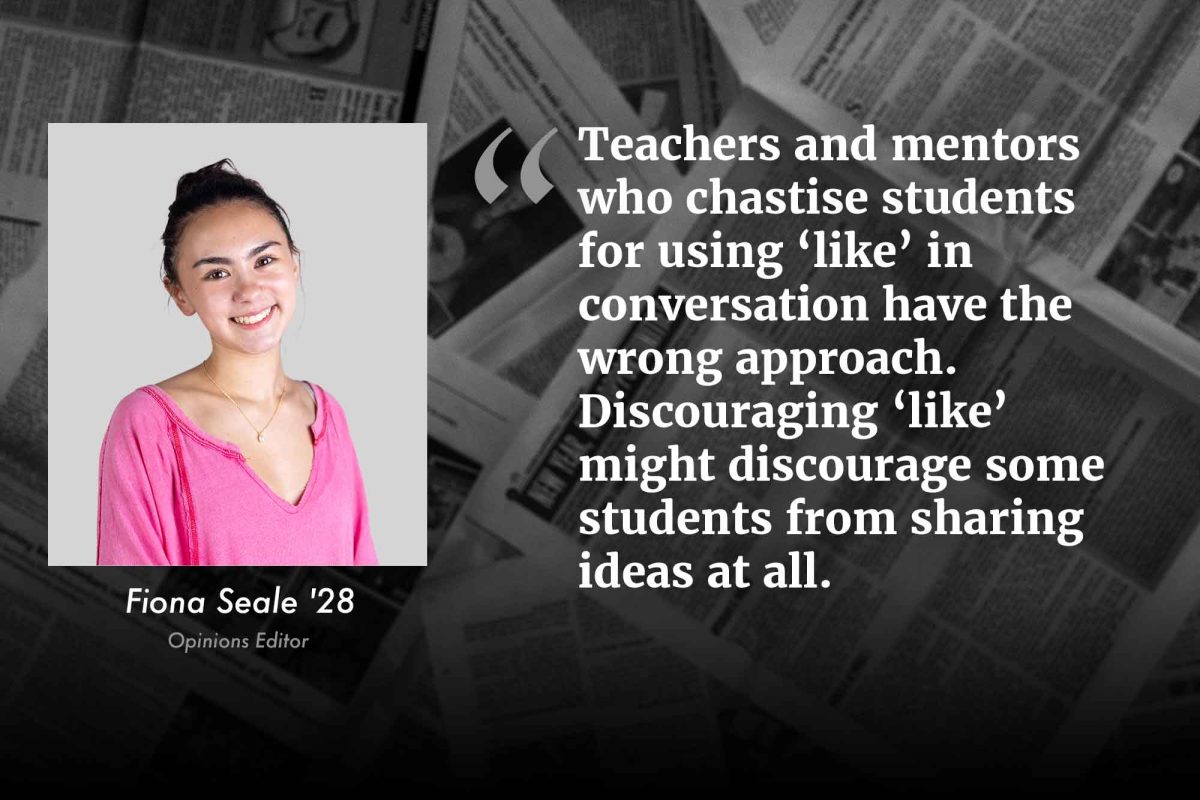When lockdown procedures were initiated on Dec. 8, our first thoughts were to text our family and friends.
When we sent our messages, however, few were delivered or received.
Sitting with our classmates, waiting for updates, we were in the dark. Not only were the classroom lights turned off—but without dependable cell service, we couldn’t confirm the safety of our loved ones, and we couldn’t access reliable information on the situation.
The few students who could access the internet sometimes turned to rumors to make sense of the incident.
Texts with inaccurate information circulated, and social media went wild.
According to security consulting firm National School Safety and Security Services, rumors spread by texts and social media during an emergency may create more anxiety and panic than the actual threats or incidents that triggered the rumors.
However, students report that the rumors weren’t what caused the general unease. It was concern about friends, and worry about not being able to assure family that we were safe.
Unreliable cell service isn’t just a problem in an emergency. Students should be able to contact their family members on a regular, non-emergency day, for all of the reasons that we want and need to stay connected.
The lack of service affects our academic experience as well. As internet usage becomes increasingly prevalent, teachers often expect us to use our phones as tools in the classroom—especially since many of our teachers now have wifi on their personal devices that lets them see the possibilities of how connection can support learning.
Many students can relate to the frustration of being expected to turn in a photo of their physical or offline work by the end of the class, but being unable to until they are home. The lack of service turns our devices into meaningless distractions.
In most classrooms, a poster can be found listing ways to de-stress or access emotional support. To learn more about these resources, we are directed to scan a QR code. However, if a student actively needed to see how they could get help, they would have to type the link into their Chromebook. There is simply not enough service in the building to access the information on our phones.
We are not necessarily advocating for a student wifi network on our devices, instead, a solution that will allow students to use their phones more constructively.
We predict that phone usage will not increase with better service. Instead, the usage will change. A lack of service doesn’t deter students from using their phones to play games or draft texts that will be sent later. However, with consistent service, students could use their phones in a productive way for responsible communication and academic purposes.
We have consistent access to connection in just about every other location besides the limited service in our school building. We will receive text alerts and notifications in college and the workplace. Learning to sort through important notifications and all the distractions is part of growing up in a digital world.
Whether the answer lies in signal boosters, a limited wifi network for student devices, or another system, we urge the school district to find a way to provide consistent phone service in all areas of Strath Haven High School.
Important aspects of our safety and our learning depend on this solution.





